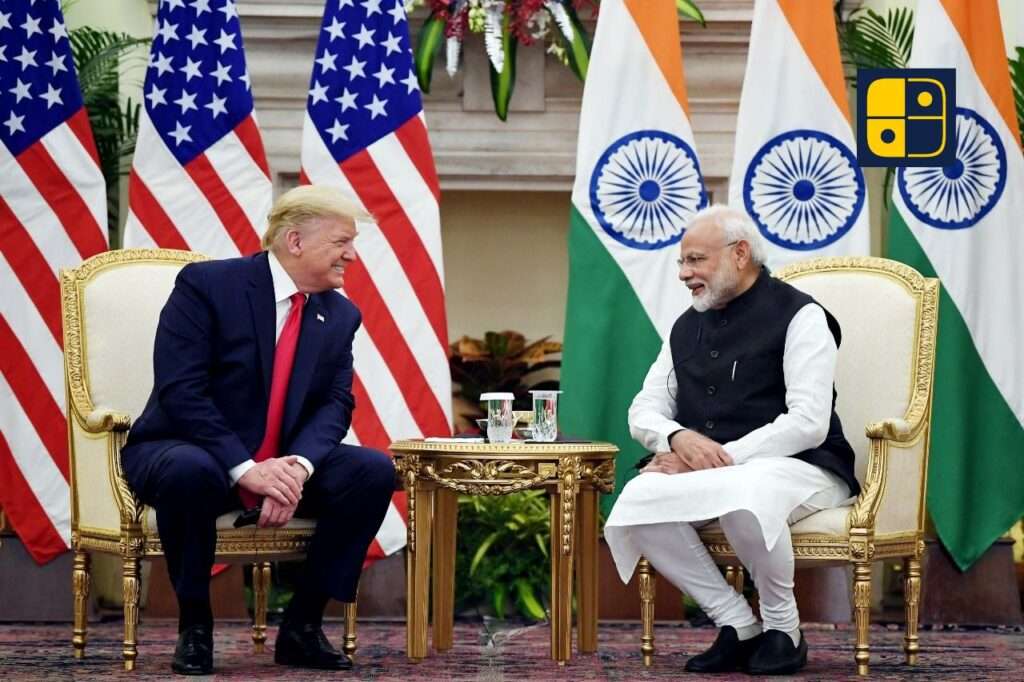Today’s carefully sequenced tweet exchange between U.S. President Donald Trump and Prime Minister Narendra Modi marks more than a digital pleasantry; it reflects an attempt to re-anchor a relationship tested by tariffs and trade friction. Trump opened the exchange, writing that he looked forward to working “closely with my friend Prime Minister Modi to overcome trade barriers, strengthen resilient supply chains, and expand our defence and energy cooperation.” Hours later, Modi responded that India “values the United States as a natural and trusted partner” and had directed teams to intensify discussions for outcomes “that benefit both nations and the world.”
The choreography is significant. By initiating, Washington set a conciliatory tone; by delaying, New Delhi conveyed careful consideration. This calibrated signaling indicates a new phase of “digital diplomacy,” where public reassurance tempers private negotiation. For both sides, tariff escalation had reached diminishing returns India risked supply-chain costs, while U.S. industries lobbied against losing a fast-growing market.
Seen against past volatility, the tweets represent an act of normalisation: framing trade disputes as technical, not strategic. They suggest a “new normal” where disagreements coexist with collaboration on defence, energy transition and digital economy. If translated into structured talks, this exchange could mark the pivot from transactional sparring to long-term strategic stability.

